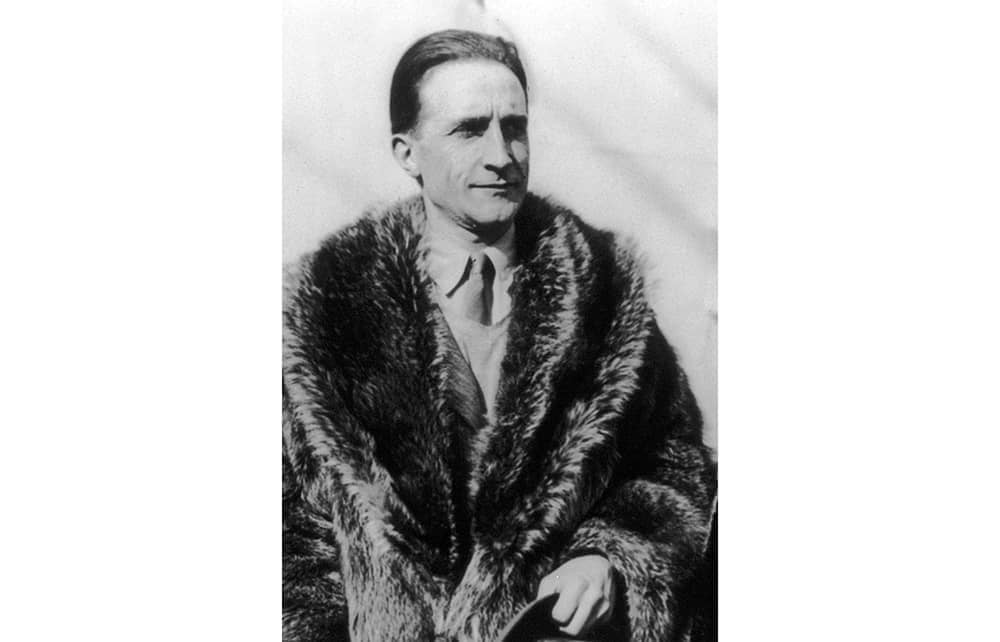One could compile a fat anthology of tributes to Marcel Duchamp’s charm – especially what one friend called the artist’s ‘physical fineness’ – but it would be hard to top Georgia O’Keeffe’s memory of their first meeting:
Duchamp was there and there was conversation. I was drinking tea. When I finished he rose from his chair, took my teacup and put it down at the side with a grace that I had never seen in anyone before and have seldom seen since.
A tempest stirred by a teacup!
Duchamp exerted – without ever exerting himself – a magnetism at once obvious and inexplicable
Made famous by his painting ‘Nude Descending a Staircase’ (1912) – ‘an explosion in a shingle factory’ per the New York Times – Duchamp was effortlessly attractive to both men and women. A mysterious figure, kind, clever, calm, elegant, easy and almost programmatically unconventional, he exerted – without ever exerting himself – a magnetism at once obvious and inexplicable. Surrounded by lovers, friends and admirers, he remained noticeably detached; the same woman who remarked on his physical fineness also called him a ‘poor little floating atom’.
The collision of that atom with two others in the febrile New York art world c.1917 forms the superheated core of Ruth Brandon’s Spellbound by Marcel: Duchamp, Love and Art. Breezily entertaining (there’s more love here than art), its essential shape is triangular, with Duchamp inevitably at the apex. Henri-Pierre Roché, an unrelentingly priapic French journalist, and Beatrice Wood, an aspiring actress and incurable romantic, were both in love with Duchamp and then with each other but still also with Duchamp. Although Roché and Wood each later achieved a degree of fame (he wrote the novel Jules et Jim; she became a celebrated ceramicist), it’s the involvement of Duchamp that makes this particular love triangle noteworthy.








Comments
Join the debate for just £1 a month
Be part of the conversation with other Spectator readers by getting your first three months for £3.
UNLOCK ACCESS Just £1 a monthAlready a subscriber? Log in